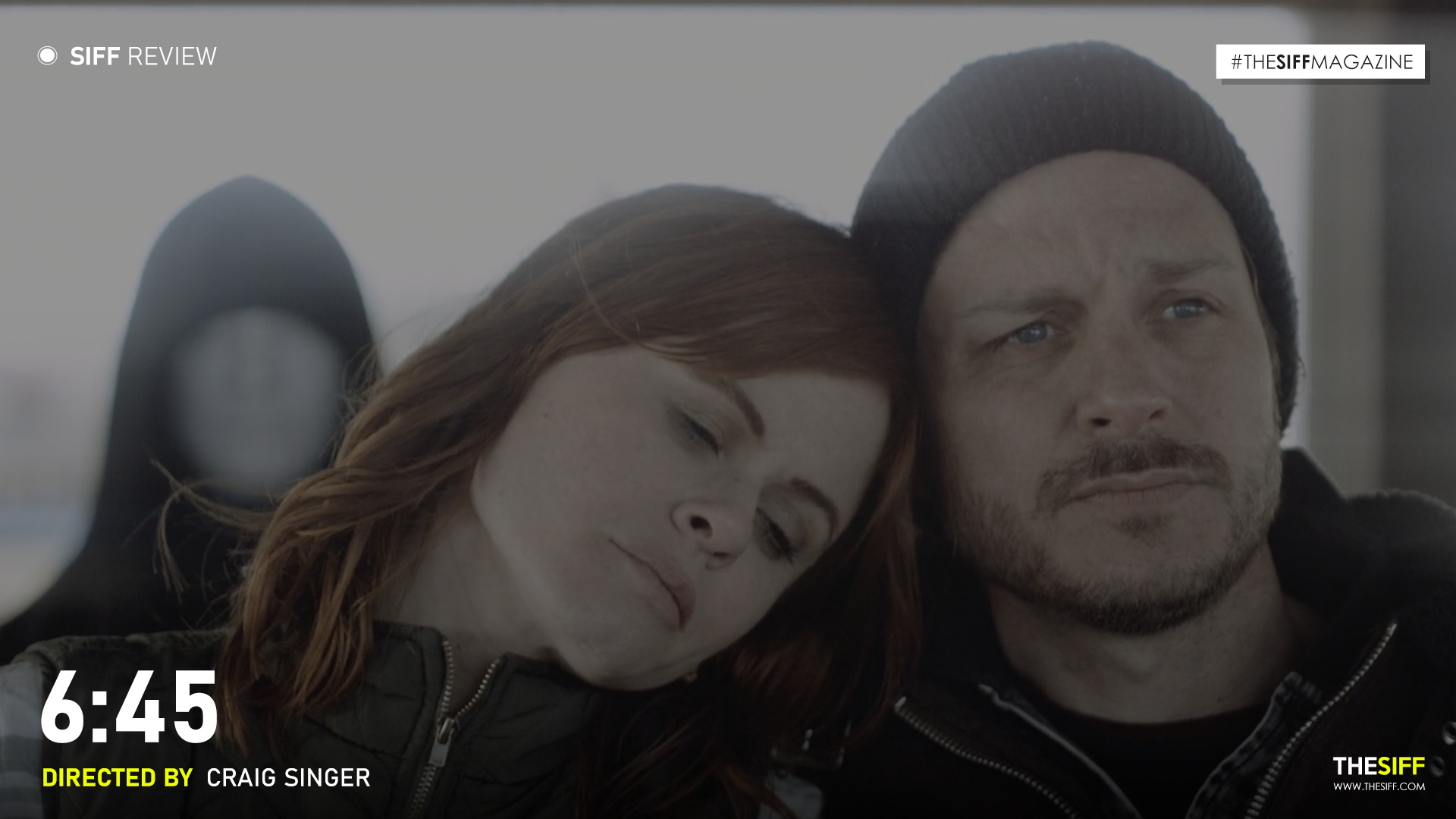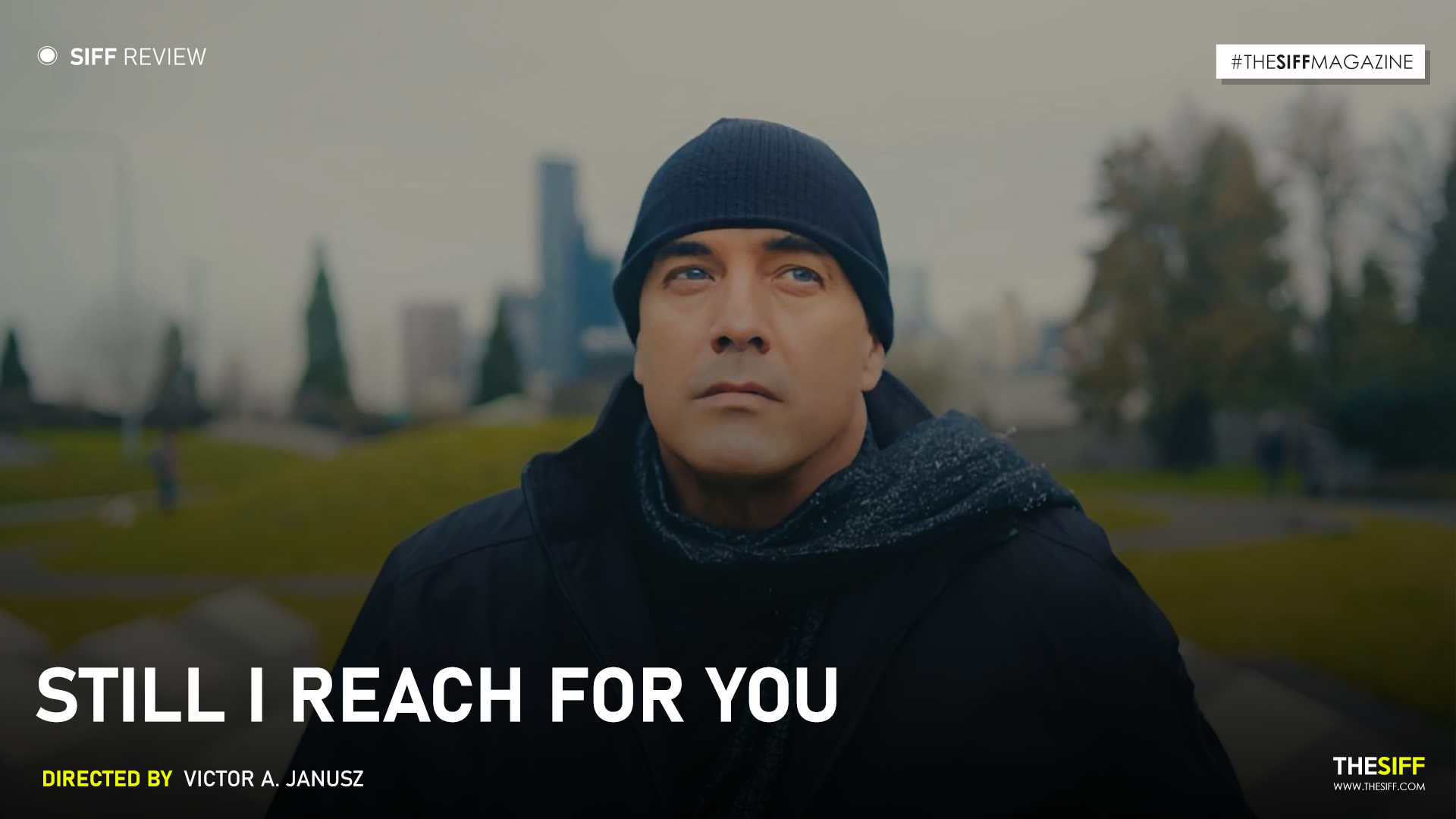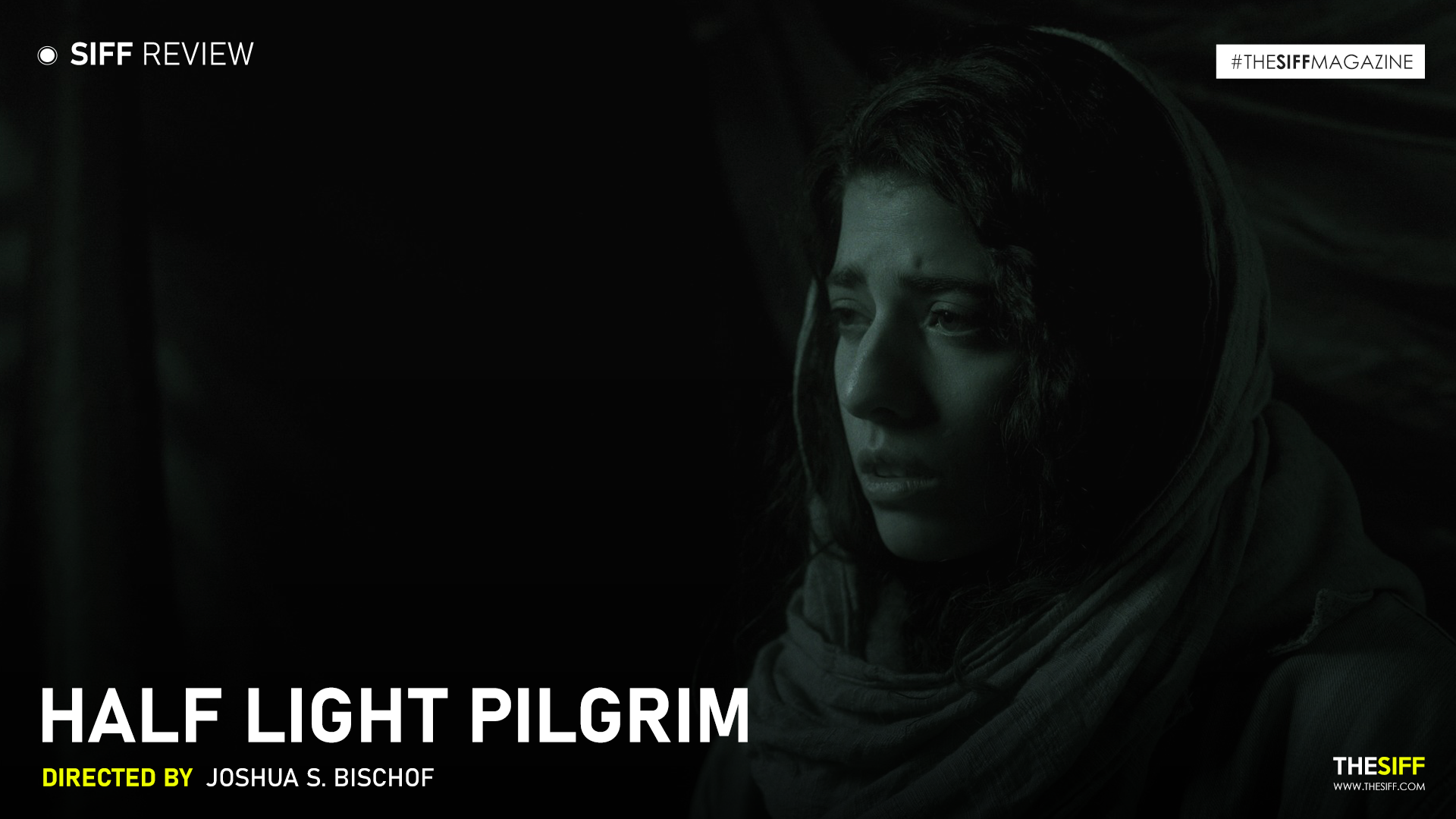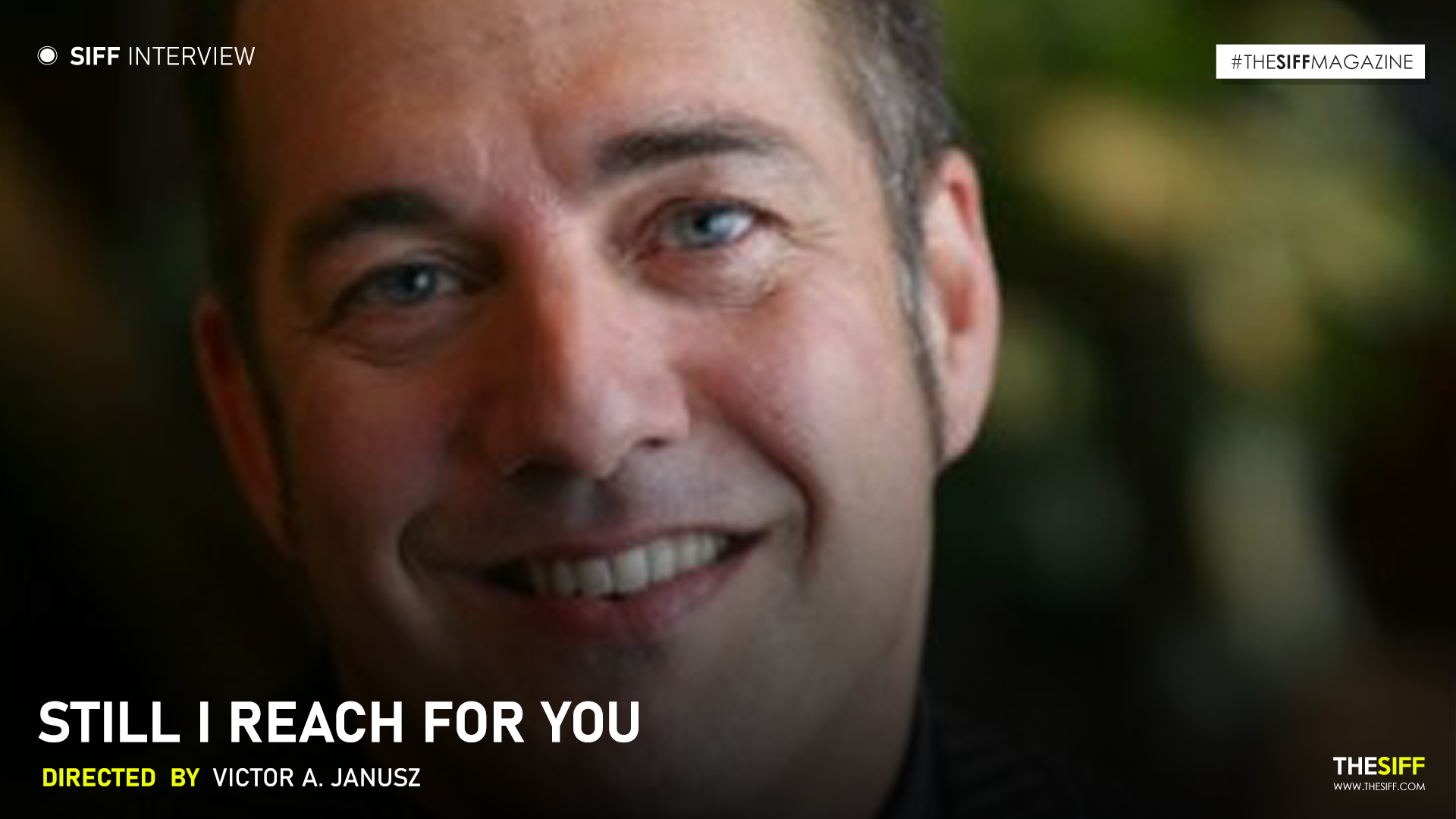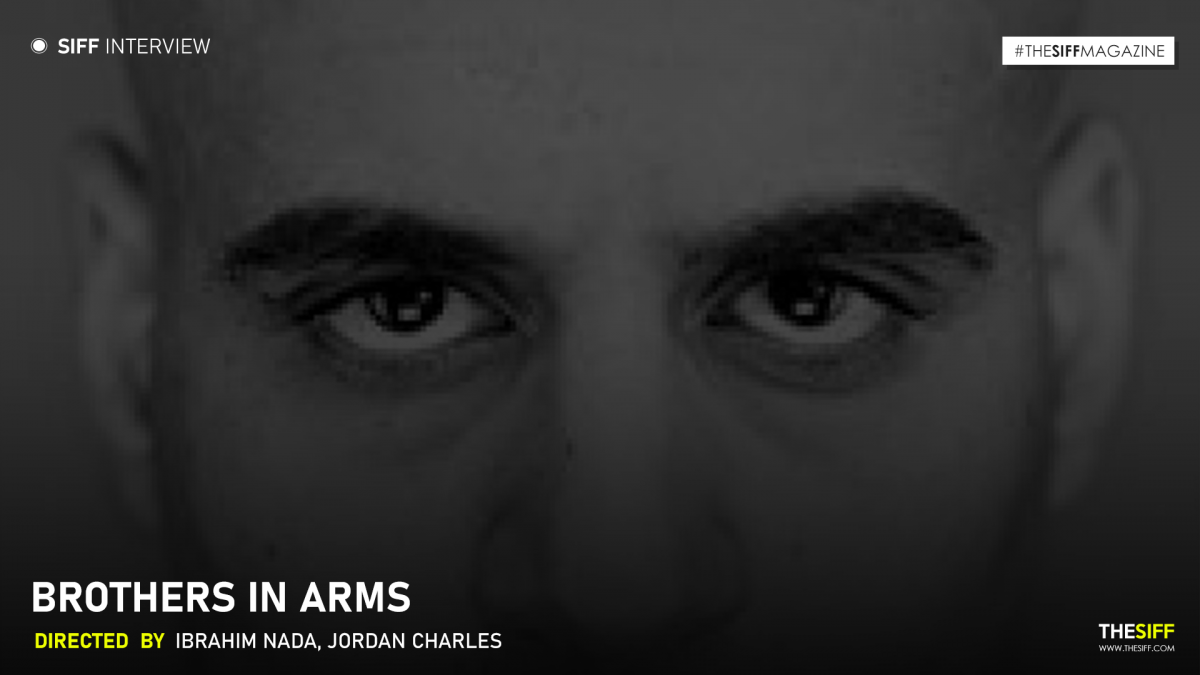
Movie name: Brothers in Arms
Director: Ibrahim Nada, Jordan Charles
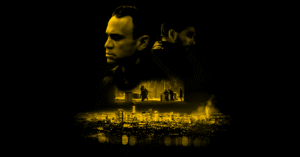
Hello Jordan, hello Ibrahim! Welcome to the SIFF!
1.“Brothers In Arms” explores the complex and diverse world of Los Angeles, touching upon various ethnic backgrounds and social dynamics. Can you share how you approached the portrayal of diversity in the film, and what message you hope to convey through these diverse characters?
This is such an important topic, thanks for the opportunity to shed light. Diversity and inclusion are significant in our industry, but the activation behind the words is where real significance and change occurs. Messaging in film, I think, has to originate from personal experience or observation, and the impetus for diversity in this film story started long before Los Angeles became the story world. The Brothers In Arms short film is rooted in a feature film screenplay that I wrote, and we’re undertaking efforts to develop the feature film now. That feature film story explores an even fuller range of diverse, complex characters than what the short film shows. This conveying of diversity in story and screen here, is in a way, my life experience. My heritage is Italian. Both my Italian grandfathers were soldiers in World War II. One actually became a prisoner of war, and ended up in Argentina separated from his wife and children. The other one diffused bombs, saw so many in his diffusing unit die, and almost ended up in Brazil to figure out where a fresh start for family could be possible. My grandmothers were such strong women to keep family together through these trials. The wartime bombing of my father’s village, and my mother’s Italian sea town’s challenges, saw my parents grow up with less education and opportunity. They separately emigrated to Canada, met there, and eventually married. So I’m proudly Canadian, American, and Italian, enjoying citizenship in each. But growing up, my Canadian household was very Italian/European – Church on Sunday, family after Church, have a feast for no reason, invite the immigrant neighbors, rinse and repeat. The subdivision I grew up in was immigrant-centric – Italian, Portuguese, Greek, Polish, Czech, Egyptian, Pakistani, Croatian, Serbian, Middle Eastern, Canadian, and so on. I grew up watching grape crates delivered every September to make wine, fish on Fridays, culturally home-baked housewarming gifts for incoming neighbors, on top of fireworks on Canada Day and Thanksgiving traditions. Reflecting back, I wouldn’t know what a world without diversity was. We all celebrated and played out our differences and similarities. They say that you should write what you know. Brothers In Arms conveys this sense of diverse, disparate, and connected characters with common threads, who must rise above varied backgrounds to end up on the right side of advantage and resolve. LA is a worthy backdrop for this eclectic, reflective story world. This film presents how life will bring love, conflict, and unpredictability to your doorstep; where you’re from and what you look like won’t be the biggest factors in how well you address those challenges, but they are always part of the recipe. Probably every film I act in or write, will feature elements of some kind of cosmopolitan exploration or challenge.
2.As directors, what vision do you have?
The way we executed this short film, I give great recognition to my co-director Ibrahim Nada, our cinematographer Arran Alps – heck, our whole crew and cast led by actor Vic Bagratuni, our editing and post-production team led by our editor Phil Habeger, and too many others to credit. My ask of them was to reach well beyond what was reasonable with the finite budget we had, and I’m so proud of their work. Whatever this film amounts to, it is because of their efforts. Brothers In Arms is intended as cathartic, gritty, visceral cinema. It’s a crime saga where every character faces turmoil and compromise, where social justice wanes, and existential crises wreak fateful havoc. The short film and intended feature film, intentionally harken back to seminal films like Michael Mann’s Heat, Martin Scorsese’s The Departed, and Gavin O’Connor’s Warrior, pitting archetypal dual lead characters at odds in the face of fatal choices. I remember my first meeting with my co-director Ibrahim and our DP Arran; I told them this film project is my heart and passion as an actor and artist, and it compels me to unite with you both, to execute a short film with very little money, that will look like Heat and The Departed, so we can invite interest and sentiment towards getting the feature film made. I want the eventual feature film to stand alongside films of that quality. I’m still waiting for them to strangle me for the ambitions I put them through 🙂 Stories like this that aim to get you right in the feels, are my “why” as an actor and filmmaker. I have such love for everyone who worked on this short film. If Brothers In Arms succeeds to convey emotion here, it is due to their skill in visual storytelling. I will never forget the work of all here.
3.The film delves into the nuanced and often misunderstood aspects of different ethnic groups, including Italians, Latinos, and Black Americans. How did you avoid falling into stereotypes while developing these characters, and what challenges did you face in doing so?
We touched on this a bit earlier. How we look doesn’t conform to who we are. A major theme in this film is that you begin as something, and then become something else entirely. Cinema in its different eras, has often subscribed to conveying characters onscreen that would “look the part of” someone in that situation at that time in history, to conform a stereotype. The characters in this story fight against those notions. This story shows moments where an Italian mafia don believes in the destiny of his own mystique to command an entire city, a police officer must confront a criminal father, a Black American girlfriend believes she can single-handedly fight to erode social corruption, a prostitute absolves drug addiction to raise a child, and a criminal mired in the illicit, faces the temptation of redemption. The greater feature film story pushes the envelope even more to show that origin isn’t destiny, background isn’t fate, and your appearance may define your mirror but not your soul.
4.One of the central themes of the film is the idea that people can evolve and change over time, even if they initially belong to something different. Can you elaborate on how this theme plays out in the storyline and how it impacts the characters?
Yes, so in exploring two brothers on opposite sides of the law, the idea was to explore greater themes in how identity starts with your duty to your clan until adversity starts, and then your strengths can sometimes become weaknesses. When writing the story, I kind of envisioned an accordion type effect, where these two characters start so disparate from each other as police and criminal, but then they begin taking on each other’s characteristics as the story unfolds. The orderly brother turns aggressive, and the enterprising brother turns cautious and calculating. The intended result is dramatic combustion. The eventual feature film will explore this more too.
5.”Brothers In Arms” explores the blurred lines between law enforcement and criminal activities. How did you approach portraying the interconnectedness of these two worlds while maintaining authenticity and tension in the narrative?
One of the first things I did on this film project was to enlist meetings with police officers, and forensics and crime scene techs. They kindly allowed me to pick their brains, learn, shadow, and see how their jobs play out in different scenarios, especially the ones in our film. I found it fascinating that professionals who do this work in real life have to think about how their adversary will act in a given situation. It’s like a cat and mouse game. Prediction and adjustment can be fateful or life-altering elements. Despite our modest budget limitations, I wanted to do as best we could to convey “day in the life” moments wherever possible that bring truth and authenticity to those who do this work.
6.Family is a significant focus in the film, with various characters interpreting and experiencing it differently. Can you discuss the role of family in the story and how it shapes the characters’ actions and motivations?
Family is core to identity. Who, or what, we come from defines so much of our character. That goes for real life and fiction. There is always ripe drama where character motivations protect family, hurt family, redeem family, or avenge family. All of these are deliberate story elements in the film for a reason. They’re why we show up to watch movies. In watching, we relate to our own lives and worlds.
7.The film seems to challenge conventional definitions of family and traditions. How did you develop these unique interpretations of family bonds, and what impact do they have on the characters’ relationships and the overall narrative?
War is like crime. Perhaps it is a crime – it disrupts, it hurts, it kills, it affects multi-generationally, it distorts choice and fate, even love. There has been enough family division and separation realized from war in my own family. I set out to explore the feelings I’ve harbored around those things, because they have affected my life and how I interpret family. My co-director Ibrahim has also faced real challenges that he’s had to overcome due to instabilities growing up in Egypt and their toll on life and family, so his film vernacular is also very present in how we showed and told this story.
8.”Brothers In Arms” deals with emotionally charged moments as family bonds are tested and fates are changed. Can you share some insights into how you approached capturing the emotional depth of these scenes, and any particular challenges you faced in doing so?
I’m predominantly a film actor. But the writer in me always seeks to elevate the stakes of characters in a story. Since Shakespeare, or long further back to even campfire times when people painted cave walls, the conflict between people and things is as old as our history. Most every story concept has been tread and retread in film now. Concept isn’t enough. I think story design is as important as ever now. How you tell the story, how you elevate the material, how you execute through cast choices, plot pressures, performance, pacing, etc. That’s what determines emotion and impact. It’s hard to do, especially when funds are finite. The actor in me relishes performing emotionally charged moments, because you get to feel the tension as you play it, emote and gain direction, and even try different things. Ibrahim was great at compelling us as actors to go further. This was an interesting challenge, because this film offered a unique opportunity for me to write, act, co-direct and produce. You have to ensure shutting off the other hats and just feel and believe in the depth of what your scene partner is giving you. My fellow actor Vic Bragratuni and our other cast leads did well to explore depth and range in every scene. I hope that translates when people watch.
9.As directors, can you tell us about your collaboration process and how you worked together to bring this complex and multi-layered story to life?
This is the first film I’ve co-directed. My formal training in film is as an actor, from the Baron Brown Studio for the Dramatic Arts in Santa Monica, and at the Margie Haber Studio in Los Angeles, among other places. But my co-director Ibrahim Nada is a natural director. I say ‘natural’, because his artistic problem-solving skills are first rate. Our team really deferred to his ability to work with our cinematographer Arran Alps, to define how we should set up, perform, and execute scenes. As the film’s writer, and having also written the underlying feature film screenplay, I have a vision of how moments should transpire, but I give credit to Ibrahim and the team for choosing, and even ruling out, elements for the greater execution of what was intended. Then our editor Phil Habeger and our entire editing and post-production team gave a ton of voice to refine everything you see. It takes a village to make something an audience feels.
10.Could you highlight any specific scenes or moments in the film that were particularly challenging or memorable to shoot? What made them stand out?
The climax location of the film was so cold. We shot near a look-out point in Los Angeles in November, where the property owner was so gracious to allow us to film over several nights. The cold wind up the side of the cliff would rise up the mountain. We look so stern in the scene, but between takes, it was running to the trailer for the heater! I remember one night after like, seven hours of wind and cold, my scene partner Vic Bagratuni turned to me and said what else in the world would we possibly rather be doing right now. He was right. To act in something like this, that you’re able to create with colleagues and friends, is to dream. But dream in heavy jackets.
11.In today’s cinematic landscape, how do you see “Brothers In Arms” contributing to the ongoing conversation about diversity, family, and the blurred lines between different social and ethnic groups?
People face complex conflicts in every situation and country. Look at Ukraine right now, some African nations, the migrant crises happening across the globe. We don’t have a path to end national or international conflict yet. But we can find dialogue to see it improve. Films can empower. They bring relatability, they inspire, they can be the source that inspires a viewer to research an issue more, then activate and participate. I don’t know if this film project will do that, but I have personally been inspired by films in the past that have activated me. There are so many social issues at play in this film – the rigors and respect of police enforcement, denials of social justice, guardianship issues, systemic corruption, crime, court processes, international trade. I’d encourage audiences to learn about these things, pick an issue or cause, and set out to make a difference where you can. Or maybe just watch this and other films to escape from the difference you’re already making. I’m really hopeful we make the eventual feature film so that this story can gain an even wider audience and find impact in whatever way possible.
12.What do you hope audiences take away from “Brothers In Arms” after watching the film, and how do you see it making an impact on viewers?
Like any filmmaker, we want the film to find its audience, so that someone watching can recognize or feel something. There’s something in the story that says a person who’s been through disparate, hard experiences can find solace, that they’re not alone, that redemption or change, or resolve are possible. Films should entertain, but I hope this cinema can cause reflection too. I’m very hopeful that in our feature film development aims, we can find a path to move audiences as well. If anyone is interested in our feature film aims for the project, please visit www.watchbrothersinarms.com or www.actorjordancharles.com for more information.
13.Finally, how did you enjoy working with the SIFF?
The Swedish International Film Festival has been so communicative, supportive, and consistent. I think and hope this festival will see a continual rise in the film festival landscape, because its leadership shows such commitment to herald and champion independent cinema. Independent cinema can never have enough championing and support. And I also want to say thank you – I’m really honored on behalf of our team, that the Swedish International Film Festival nominated us for Best International Short Film, Best Short Drama, Best Director, Best Actor, and our award for Best Cinematography. That’s very humbling and appreciated. Awards are nice, but we’re more pleased the film was received in a way that mattered to some. On behalf of our team, thanks for this time today.

